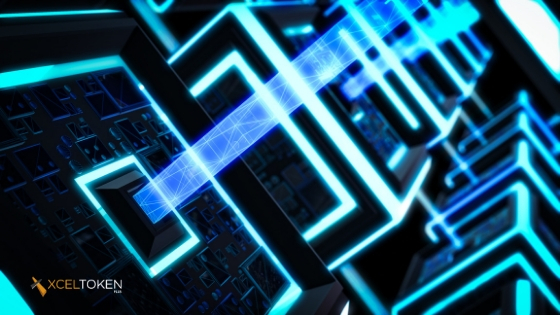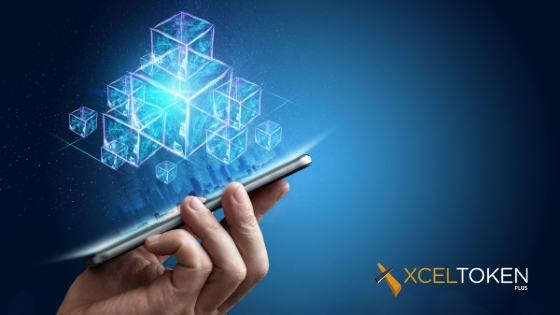Blockchain Use-case: Internet Of Things

IoT or Internet of Things is an interconnected network of smart devices that include everything from our phones, baby monitors, fridges, front door keys etc. Increasingly, these devices are becoming integrated into our lives. According to Wikipedia, “The number of IoT devices increased 31% year-over-year to 8.4 billion in 2017 and it is estimated that there will be 30 billion devices by 2020. The global market value of IoT is projected to reach $7.1 trillion by 2020”. There are already lots of examples of IoT networks in use today. One welcomed example of an IoT smart device is the Petnet Smart Pet Feeder. This device allows us to automate the feeding of our pets. It is able to determine which is the best type of food for your dog or cat and order it via online stores. The feeder will then automate the amount and times when your pet can eat according to what is best for it. This device can be controlled via any smartphone so owners can ensure that their pet is being fed eve








